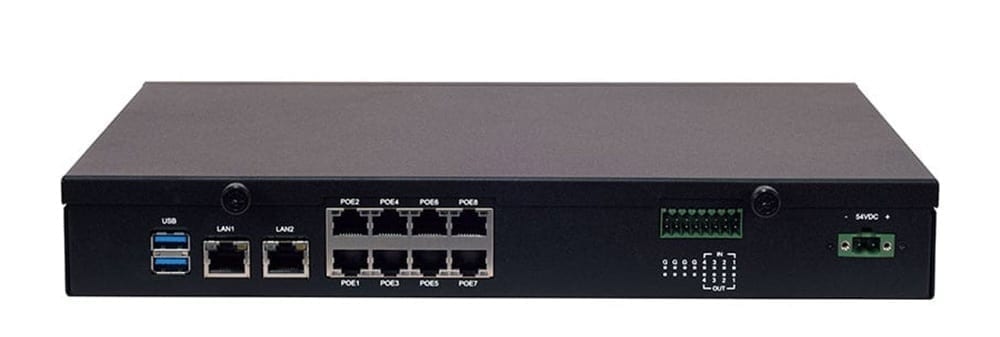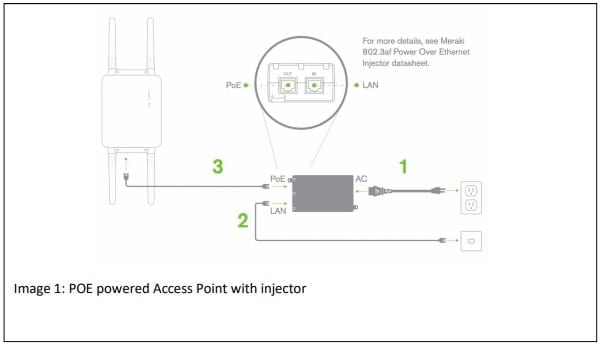 As we know, carrying out a project involving industrial applications in the production floor requires a great investment of time (analysis and implementation) and money that must be fulfilled by 3 key factors: durability, easy maintenance and an excellent cost-benefit ratio.
As we know, carrying out a project involving industrial applications in the production floor requires a great investment of time (analysis and implementation) and money that must be fulfilled by 3 key factors: durability, easy maintenance and an excellent cost-benefit ratio.
One of the best alternatives currently to achieve these 3 factors in this type of project is the POE technology, which consists of the ability to send electricity through the Ethernet cable. All you need is a source device (e.a. switch, injector) that sends both the data signal as the electrical and a receiving device with the industrial application of your choice (e.a. terminals, screens). This is a simple and very successful solution for wired networks, a true KAIZEN, as they say in lean manufacturing. But, how exactly does it work and what are its advantages?
To answer the first question let’s illustrate it with a practical example: A Wifi access point (see image 1). For a conventional Wi-Fi access point two elements are required, a power cable that feeds the device and an Ethernet cable that transfers data in both directions (See image 1) but in the case of an access point with POE technology you only need a single ETHERNET cable that transfers data from the switch / router to the Access Point and vice versa or also as in the case of not connecting with a switch with POE technology a POE injector can be used.

What are the advantages of using POE technology in a company?
Savings in installation: Let’s go back to the example of our Access point. Imagine that you have to mount an Access point on a beam on the roof of an industrial building at a height of 30 meters. This would imply an entire electrical installation to be able to feed said device. Try to calculate all the wiring, tubing and labor (time) that you would have to invest only in the electrical part. Now add the data part: wiring, pipeline and labor (time). If we could cover the two aspects, data and current in a single installation, how much would the savings be? Mínimum 50% installation.
Savings in flexibility: Now imagine that our security manager gives us the news that the camera needs to be relocated to another area of the building. If we have a POE device, the investment in relocating network devices will be much less, there is even more possibility of recycling wiring, which generates even more savings.
Safety savings: The current transmission with POE technology is limited to avoid the risk of damage to the network equipment. There is no risk of overloads or drops in electrical transmission that can happen in equipment powered directly from the electrical outlet.
Reliability savings: If you have several devices powered by POE throughout your company, it will be easy to identify the power source and protect it. For example, if you have a 48-port switch feeding your various devices, you will protect your source and all your equipment by worrying only about one source of energy instead of going around
The building checking and maintaining all the current outlets on all the walls. Neither will it be necessary to invest in individual power extensions and a battery for each device.
This little example is just the “tip of the iceberg” on all the big savings you can get out of POE technology.
Now, let’s go further with the math on savings. If you apply this to several parts of your factory, the savings increase dramatically. Since this is a universal technology, imagine all the applications you can make on a big production company. Just to name a few:
-Time Clocks
-Lightning Controllers
– Surveillance Cameras
– Building Access Control
– Information boards
– Light Signs
– VoIP Phones
– Access Points
– Production Terminals (data collection)
– PLC’s
– Thin Clients
-And many more!
In conclusion, there are many benefits for POE industrial application, therefore it must be considered as no only the future, but the present, of the industrial applications on the production floor.






